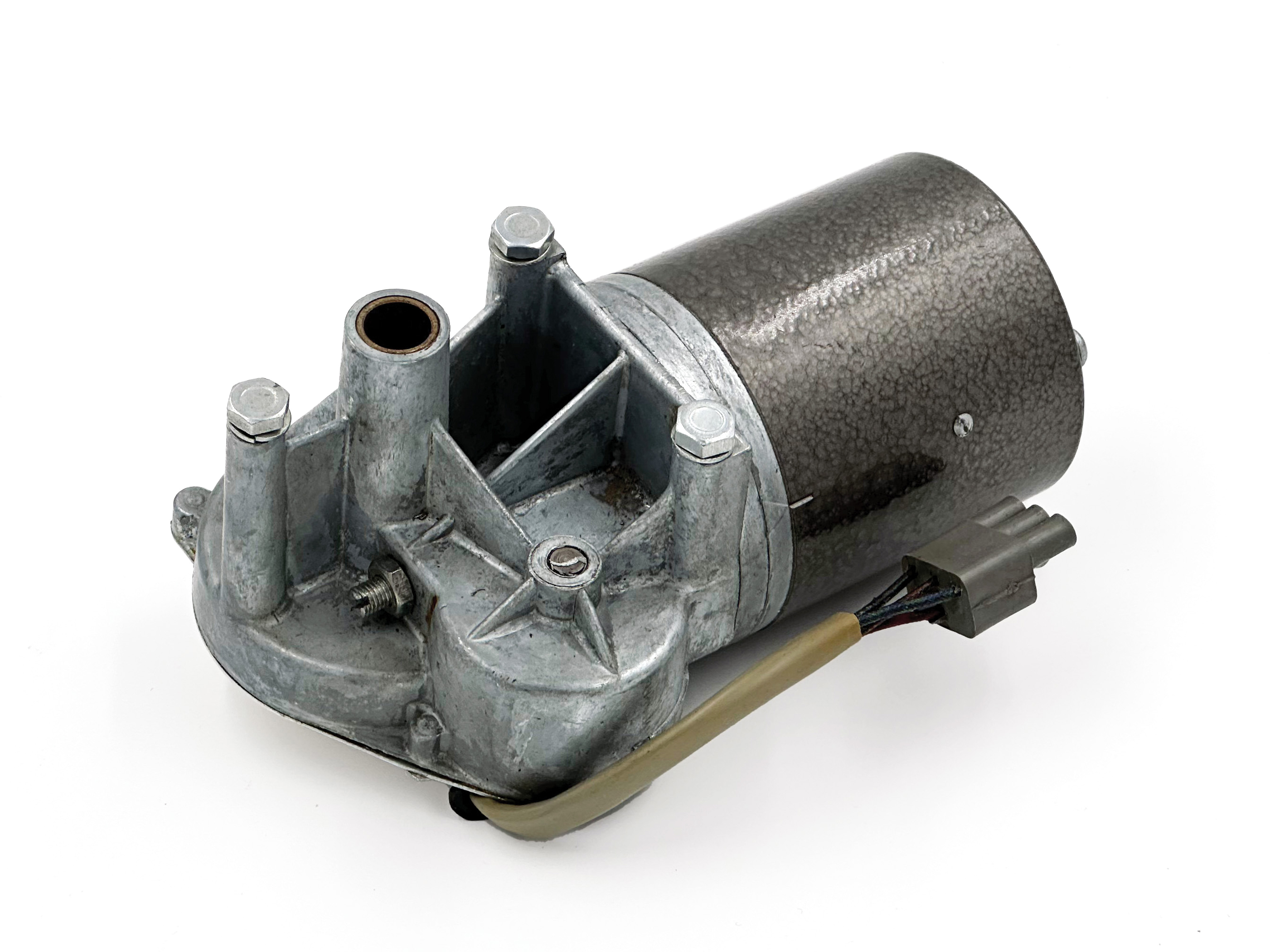
The Elstree Studio drawings delineate the intricacies of the foot drive mechanism across two sheets. The initial sheet presents a 1:2 scale exploded isometric view, while the subsequent sheet offers a 1:1 scale assembly drawing featuring top, front, and side perspectives.
Within these drawings, precise specifications define the composition of the drive mechanism structure. This includes four metal castings, a contoured bent sheet metal fairing, and a motor mounting plate. The gear train is composed of two keyed axles, four wheel bearings, four collars, two wheels, and three toothed gears. Notably, all three gears are identified as #40 with 17 teeth, collectively propelling a 42-link 1/4" chain.
The motor is strategically affixed to a 3/16" plate, exhibiting an asymmetric design in both motor mounting fasteners and the motor's spindle orientation. This inherent asymmetry results in the film portrayal, wherein the motors assume a forward orientation on one foot and a rearward placement on the other.
FORENSICS: Working Backwards from the Motor Mounting Plate
While the drawings provided only a rudimentary depiction of the motor, it was the arrangement of holes in the motor mounting plate that served as the pivotal clue leading to the identification of the motor.
The task at hand involved identifying all potential motor candidates exhibiting an asymmetrical spacing pattern.
Subsequently, the challenge was to refine the search, focusing on motors whose patterns conformed to the dimensions of a 2.437" by 2.906" envelope.
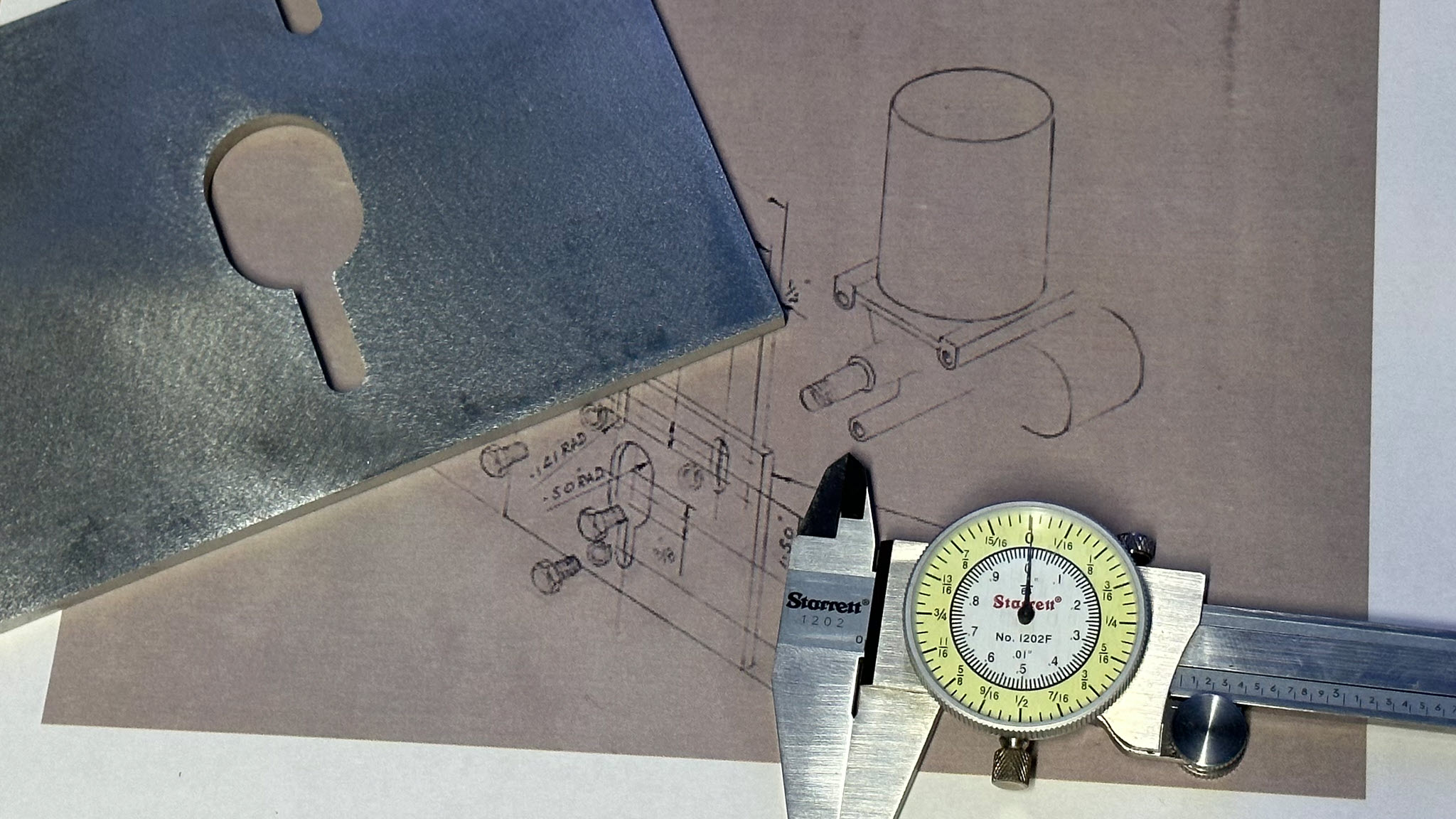 Imaage 01: Motor and mounting plate as shown on Sheet 1
Imaage 01: Motor and mounting plate as shown on Sheet 1
FORENSICS: Identifying a Candidate for the Motor
Initially, a casual search on the internet for wiper motors with an asymmetric mounting pattern from the mid-seventies, primarily distributed in England, yielded no immediate matches for several years.
The breakthrough came in early 2022 when the drive system was prototyped in resin, and subsequent manufacturing of actual metal components commenced, elevating the intensity of the search.
The prevailing belief was that the motor originated from a vehicle commonly found in England during the 1970s.
Two frequently recurring candidates in searches were the MK1 Ford Cortina 71BB 17B571 FORD wiper motor and the Triumph MG MGB Windshield Wiper Motor LUCAS 75652B wiper motor.
While both were close matches, they exhibited slight inconsistencies compared to what was observable in period production and press photos.
On June 13th, 2022, the Lucas 17W emerged in the Related Content section of the search.
At this juncture, I felt confident enough to procure every available 17W listed for sale on the internet.
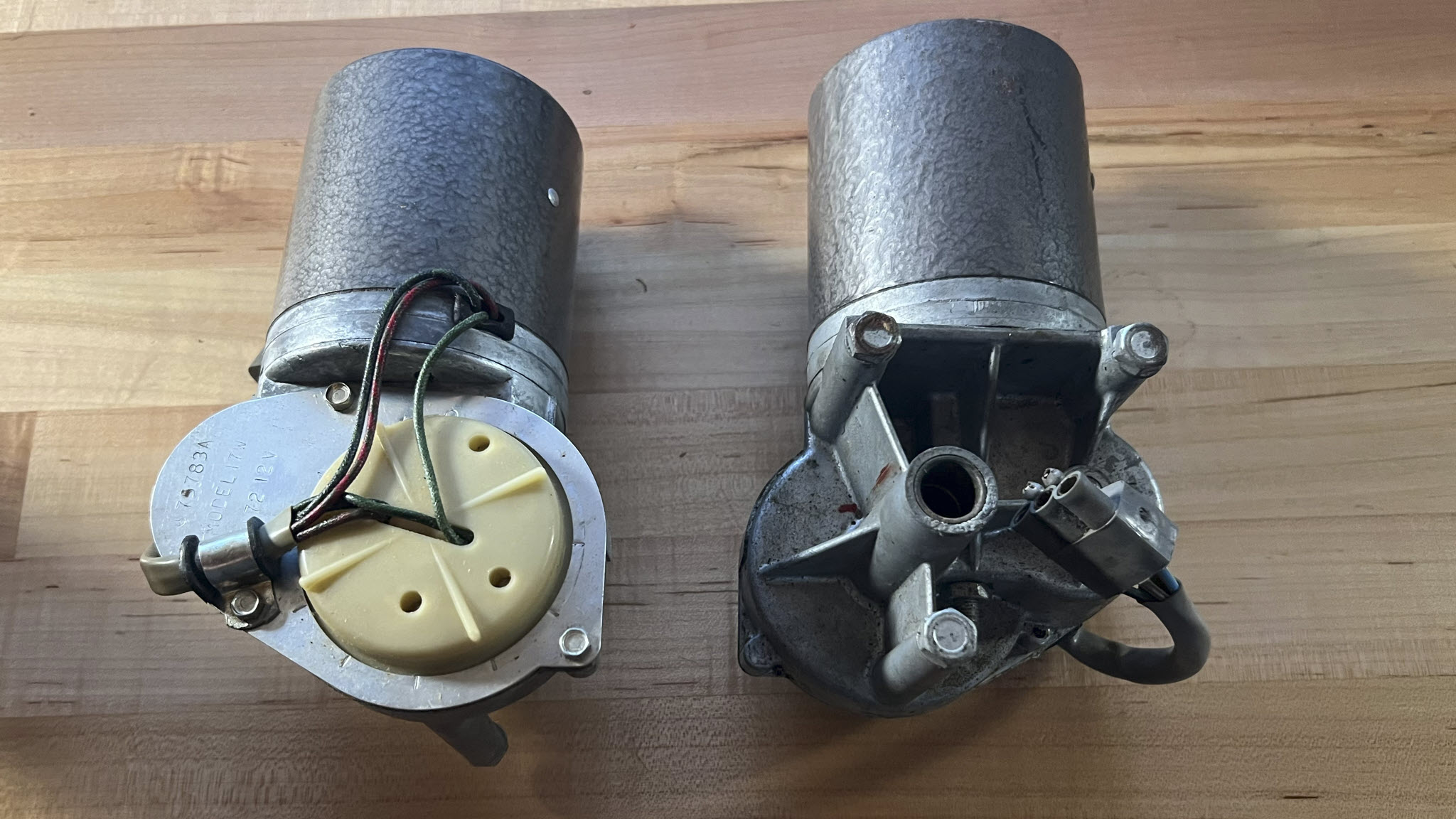 Imaage 02: Lucas 17Ws purchase from eBay.
Imaage 02: Lucas 17Ws purchase from eBay.
FORENSICS: Feature Matching of the 17W.
In the special edition "Electronics Tomorrow - Winter 1977" of Electronics Today International magazine, the motor with the motor cover removed is depicted, possibly providing the clearest photograph of the component.
Upon closer examination, eight distinct features align between the photographed motor and the acquired 17Ws, contributing to the verification process.
1 - The shape of the bearing cup at the top of the armature is a match.
2 - The position of the fasteners on the top of the armature is a match.
3 - The position of the permanent magnet rivet is in the correct location.
4 - The position of the wires exiting the armature is in the correct location.
5 - The wires correct exit the armature through a rectangular grommet.
6 - There a matching stacked bare aluminum bands that make up the base of the armature.
7 - The transition between the base and the auto-park casting is visible.
8 - The upper edge of the round auto-park casting is visible.
It does appear that the tan plastic cap that is used to index the auto-park mechanism has been removed.
This is actually expected as the auto-park mechanism would have been scrapped to convert the motor for continuous drive.
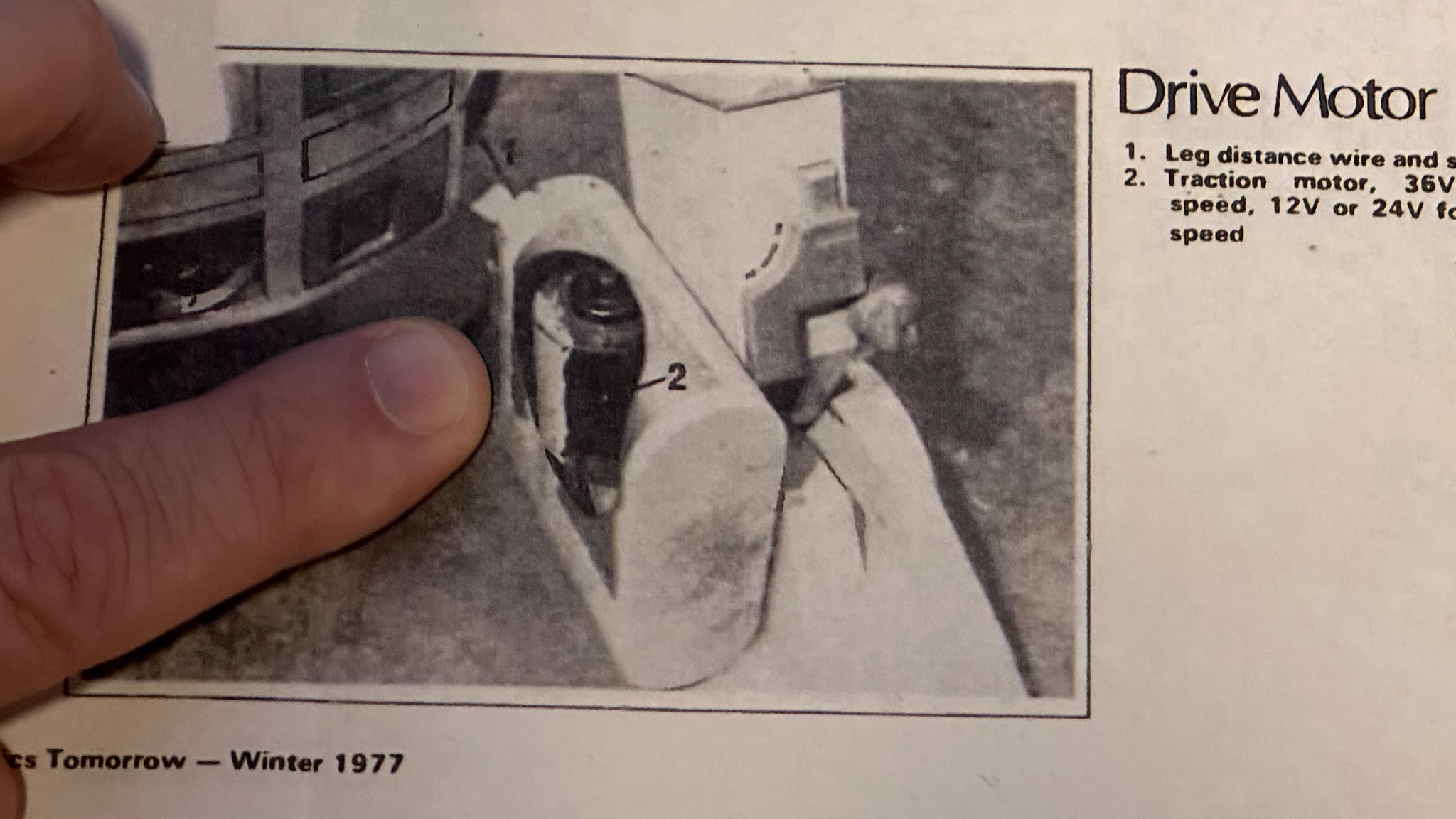 Image 03: Traction motor shown in Electronics Tomorrow speacial edition Page 87
Image 03: Traction motor shown in Electronics Tomorrow speacial edition Page 87
FORENSICS: Conclusive Match
The ultimate and decisive test involved securing the 17W onto the motor mount plates machined to the specifications from the Elstree Studio drawings.
The motors seamlessly and precisely aligned with the mounting plates, confirming the compatibility and successful integration of the components.
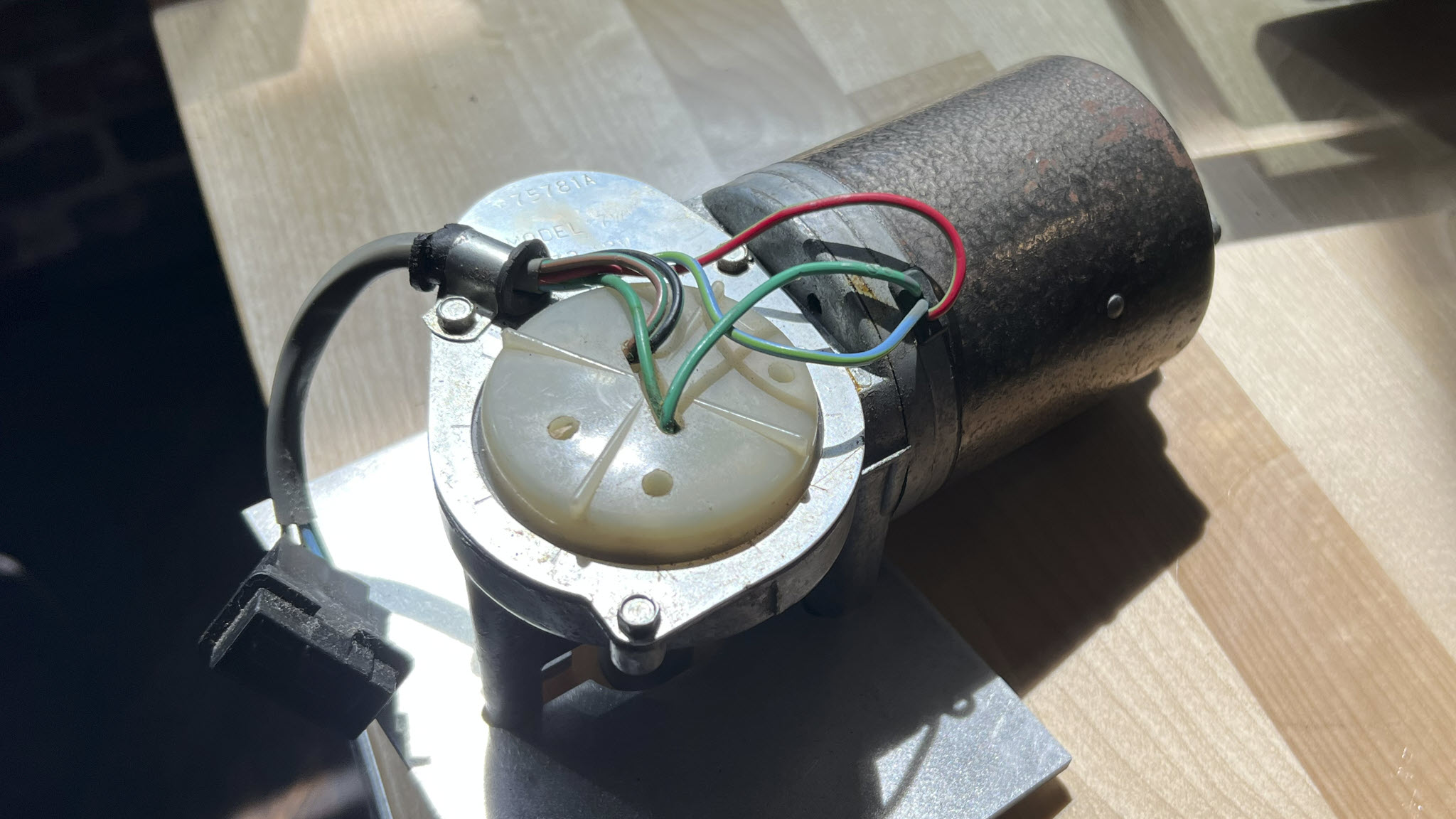 Image 04: Lucas 17W mounted on replica motor mount plate
Image 04: Lucas 17W mounted on replica motor mount plate
FORENSICS: Rearching the History of the Motor.
Introduced in 1956, the J2/152 range emerged as a 15cwt goods vehicle boasting unitary construction and a 1498cc B-series engine. In 1961, a larger 1622cc B-series engine was introduced.
The Austin iteration earned the moniker 'Omni,' encompassing Omnivans, Omnitrucks (pickup), and Omincoach (minibus).
Undergoing a comprehensive overhaul in 1967, the model was rebranded as the JU250, featuring either Austin or Morris badges.
The 'JU' designation denoted an underfloor engine, with the engine block canted at a 45-degree angle to maintain a low profile.
The JU250 adopted a bonneted design in compliance with safety regulations.
Transitioning to the Austin Morris JU250 from 1970 onwards, it remained in the market until the Sherpa's arrival in 1974, which led to a decline in sales.
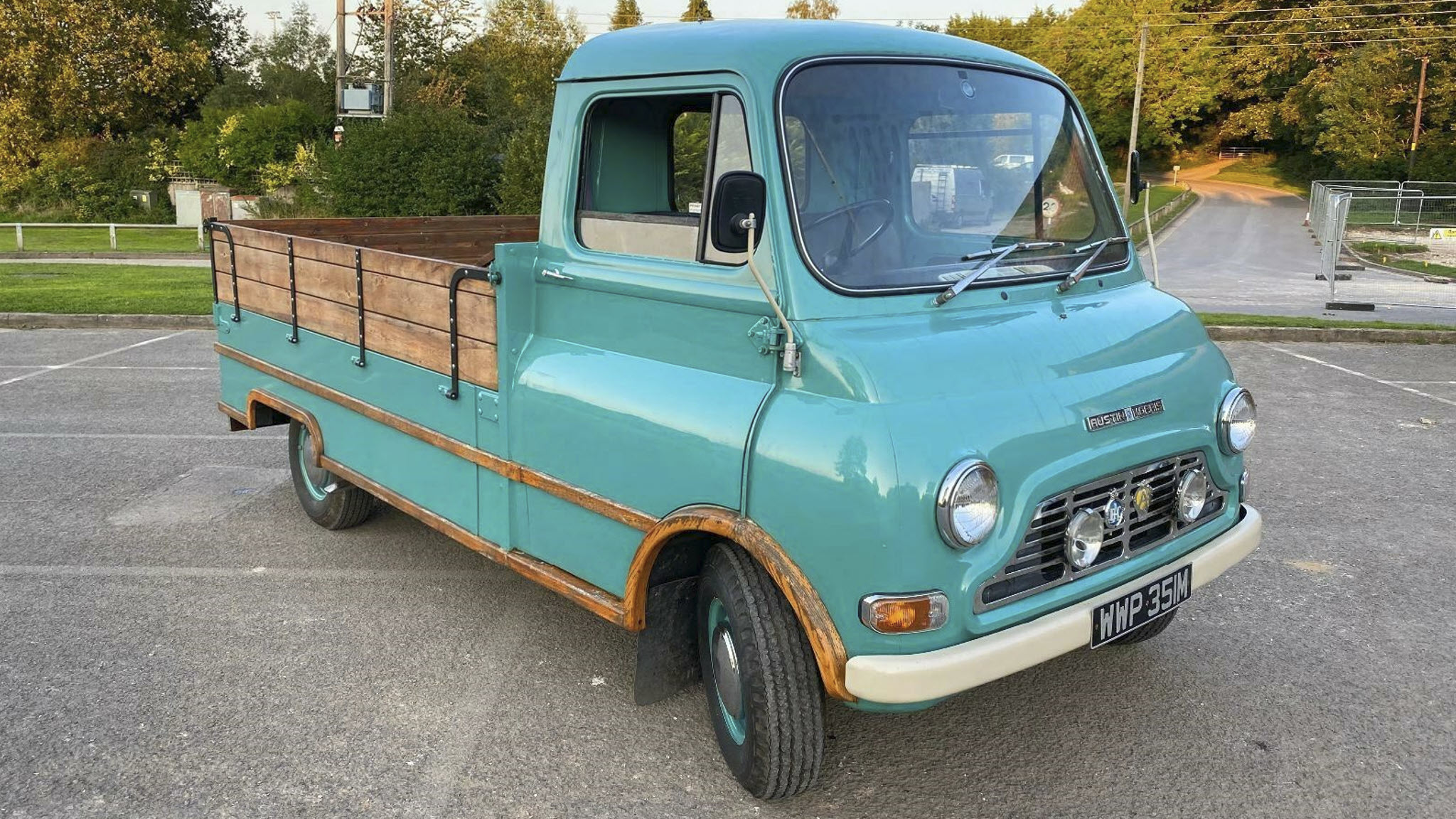 Image 05: Austin Morris JU250 as listed for sale on from eBay.
Image 05: Austin Morris JU250 as listed for sale on from eBay.
The JU250 was equipped with the 17W wiper motor, specifically designed for commercial vehicles featuring extra-large windshields.
This motor incorporates a permanent magnet field system and bears a resemblance to the 5W, its predecessor.
Featuring a self-switching device, the power is transmitted to the wiper arm through a three-start worm gear on an extension of the armature's shaft.
Subsequently, spur reduction gears route the drive to the final gearwheel.
The motion is then conveyed to an external coupling link, facilitating the movement of the wiper arm spindle.
Within the limit switch cover, three fixed contacts are mounted.
These contacts engage with a rotating contact plate on the final gearwheel, ensuring precise parking of the wiper blades and providing dynamic braking for the armature.
FORENSICS: Currently Available Part Number
The motor is still available brand new from Lucas TVS. This is not an exact match. The bearing housing at the top of the armature housing seems to be a simplified contour.
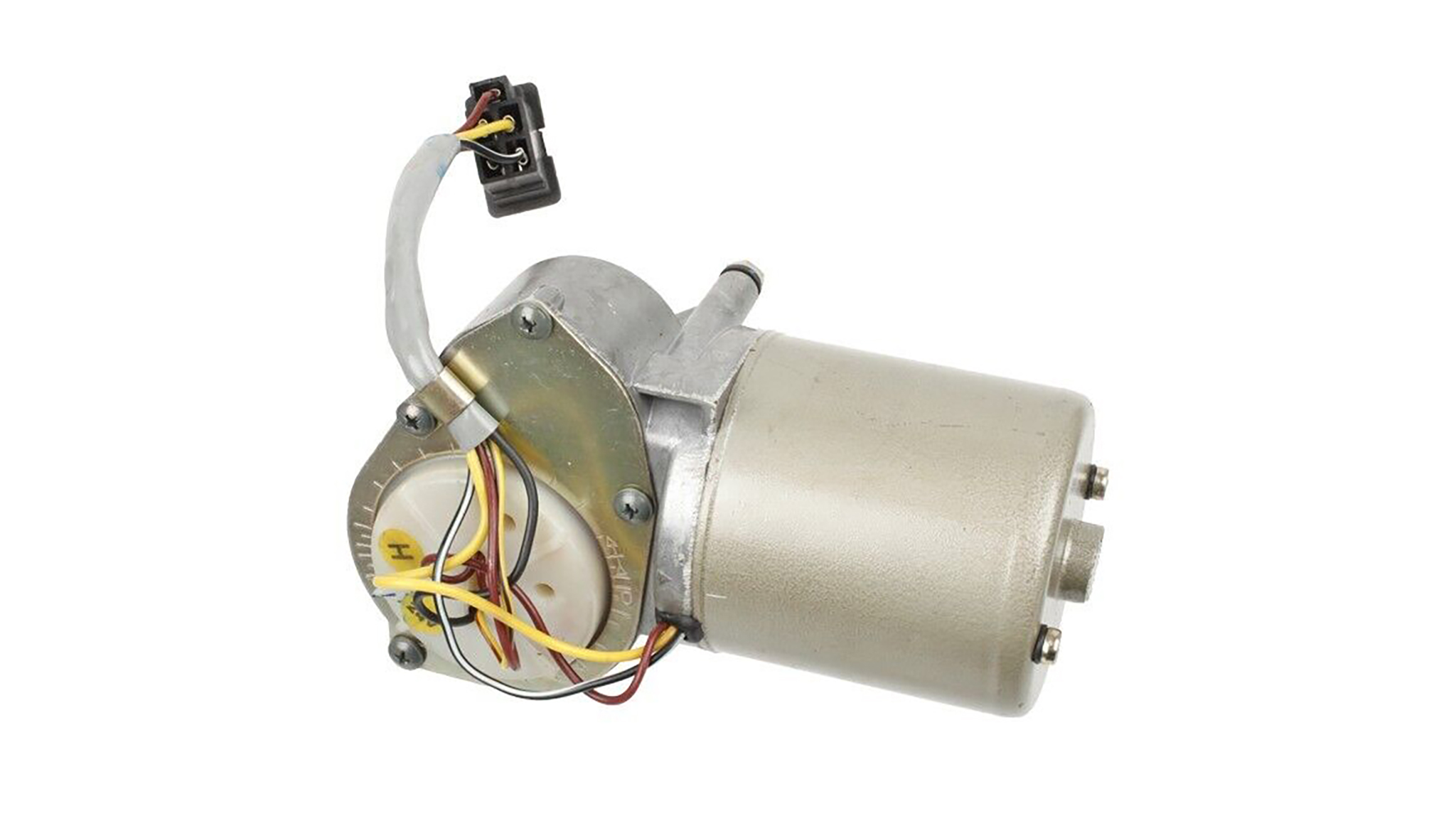 Image 06: Currently Available Motor from Lucas TVS
Image 06: Currently Available Motor from Lucas TVS

